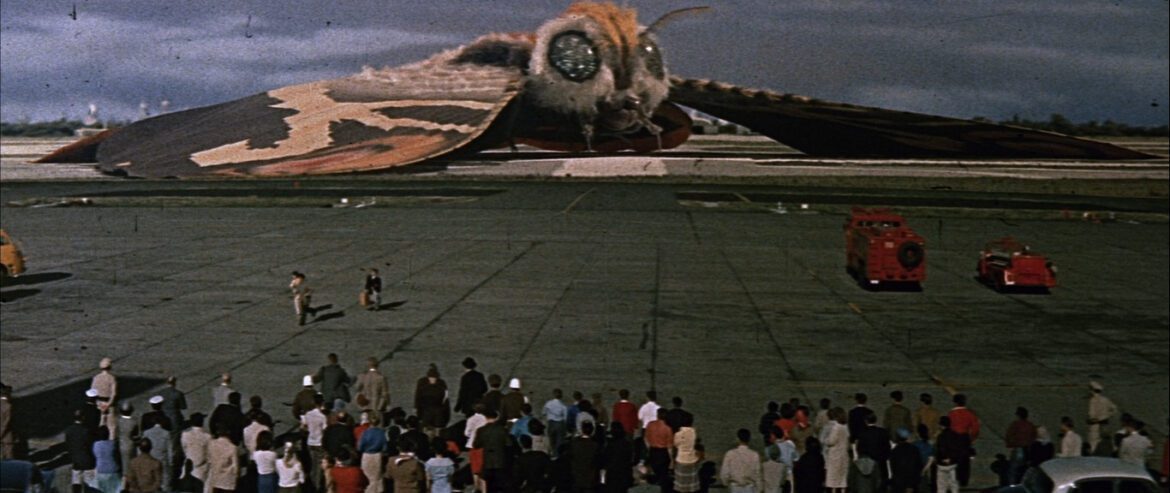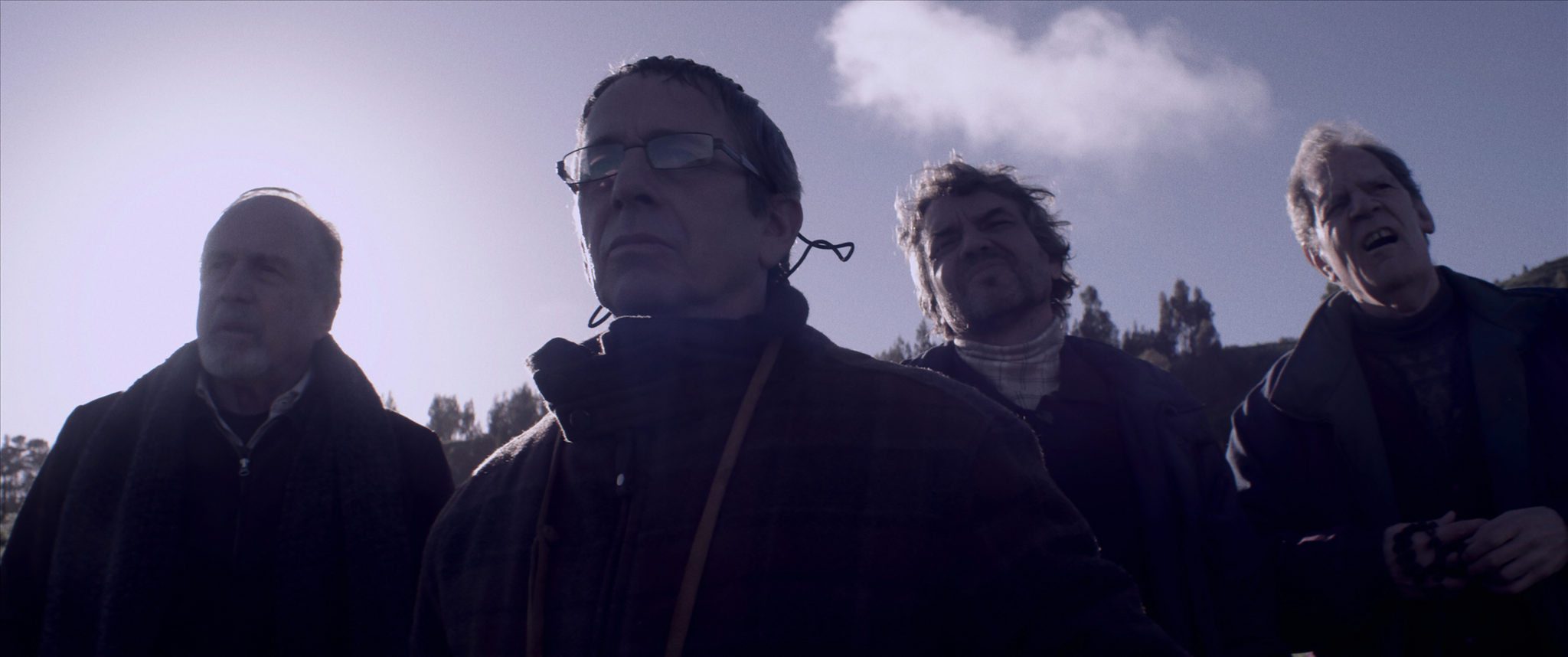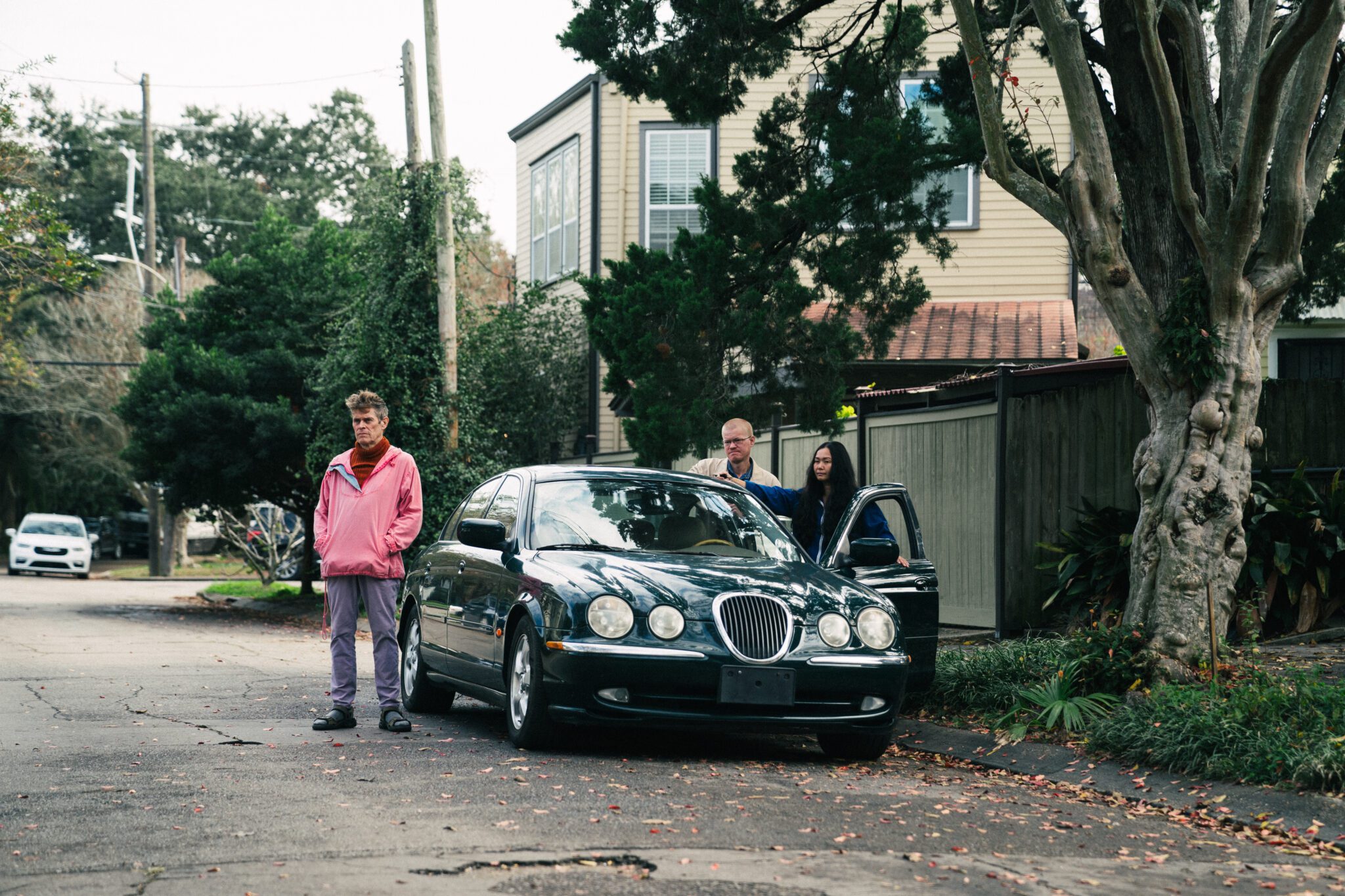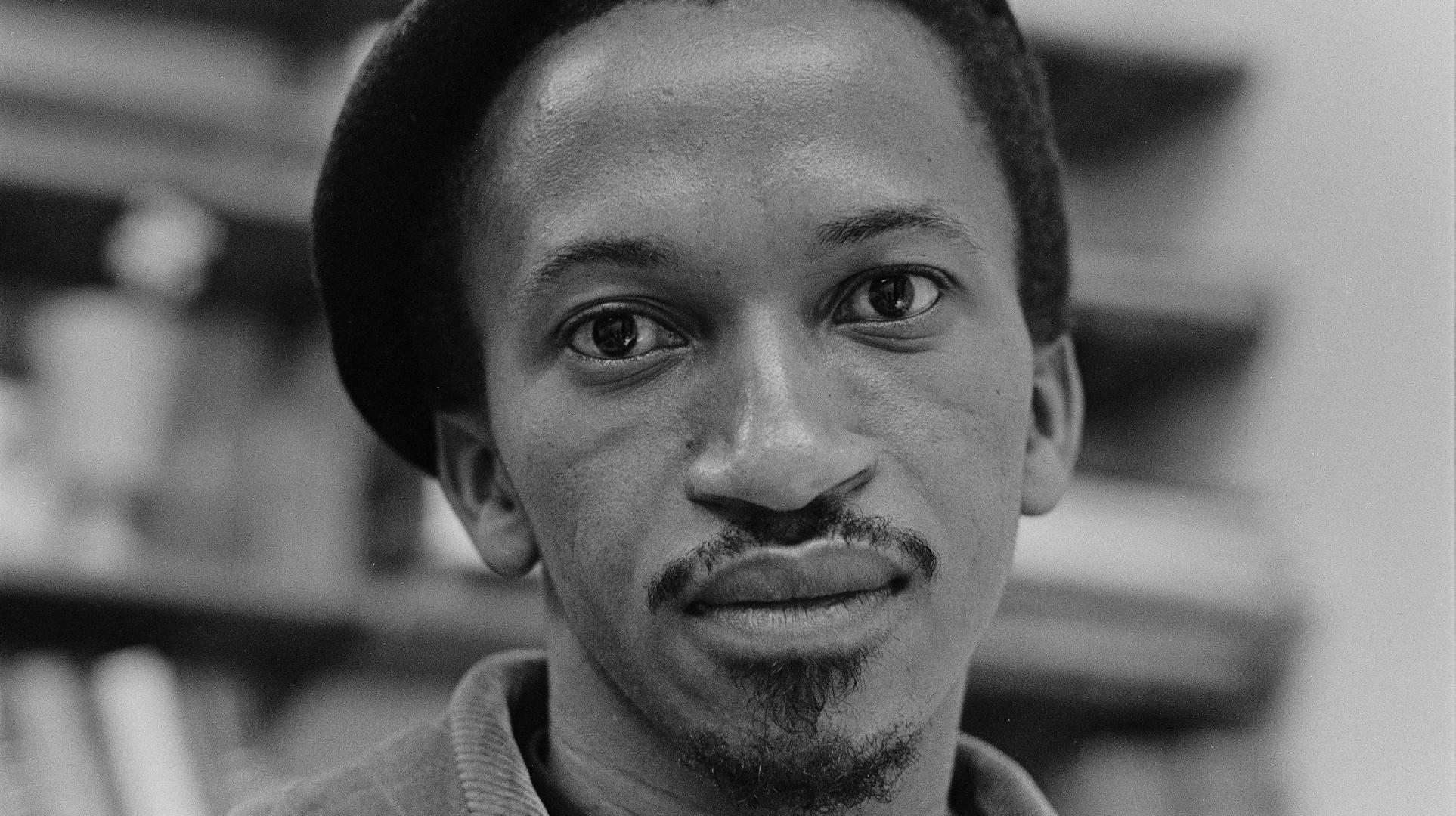By Ben Dower

The crew of a ship that was wrecked on the nuclear testing site Infant Island reports meeting natives there. An entrepreneur from the country of Rolisica named Clark Nelson (Jerry Ito) mounts an expedition to Infant Island. He gives orders to everyone on the expedition, including stowaway reporter Zen’ichir? Fukuda (Frankie Sakai) and scientist Dr. Shinichi Chujo (Hiroshi Koizumi), not to reveal anything found on the island without his permission.
On the island, the expedition discovers not only the natives, but also two tiny women called the Shobijin (Emi Ito and Yumi Ito). Nelson tries to capture the two tiny women, but the other members on the expedition stop him. Nelson returns to the island after the expedition and kidnaps the Shobijin, shooting his way out when confronted by the natives.
Nelson makes the Shobijin perform live concerts, the two tiny women drawing curious people to open their wallets for a chance to see them. What Nelson doesn?t know is that the giant god of Infant Island, Mothra, will come to rescue the Shobijin.
Mothra arrives in Japan as a caterpillar, plowing its way through Tokyo in an incredible scene of destruction. With public sentiment turning against him, Nelson flees to Rolisica with the Shobijin as Mothra cocoons on Tokyo Tower.
Rolisica offers military aid in the form of the Atomic Heat Ray, a kind of laser cannon that the Rolisican government believes will incinerate the cocoon and kill Mothra. The attack goes ahead and the cocoon bursts into flame. As the celebration of Mothra?s defeat begins, the cocoon hatches and the adult Mothra emerges uninjured. As soon as it unfolds its wings, it takes flight toward Rolisica.
With Mothra making a beeline to Rolisica?s New Kirk City, Nelson becomes a wanted man. He tries to escape the city, but is eventually spotted and killed by the police.
Mothra attacks New Kirk City, blasting away buildings, cars, boats, and bridges with its powerful wings. A symbol from the island is painted on the New Kirk City Airport runway and church bells are rung, calming Mothra. Mothra lands at the airport and the Shobijin are returned to the giant Lepidoptera.

World War II left Japan completely devastated. Its cities were burned to the ground, industries had collapsed, and the country was being ruled by a foreign occupier. Japan had to rebuild just about everything from scratch, and rebuild it did. Through the 1950s, Japan experienced economic growth and, by the 1960s, it was booming.
With this period of economic renewal came a clear shift in the types of giant monster films Toho was putting out. While the films of the 1950s had taken a serious approach to postwar traumas and increasing Cold War tensions, the films of the 1960s took a much lighter tone when dealing with this same subject matter.
Further demonstrating this shift in tone is this film?s casting. Reporter Zen’ichir? Fukuda is played by comedian Frankie Sakai and he is given many opportunities to let his comedic talent shine. Clark Nelson is an evil but fun villain who displays clear frustration with Fukuda?s antics, particularly on the expedition to Infant Island.
Despite the levity on display, this movie is layered in both political and religious themes. For example, Infant Island is an inhabited nuclear testing zone, which may be a reference to the Castle Bravo H-bomb test in the Pacific that contaminated nearby inhabited islands. Plants and fungi on Infant Island are overgrown and the natives have to drink a special juice to avoid radiation poisoning. Interestingly, Mothra, who is not portrayed as an evil monster like Godzilla, was not created by these nuclear tests.
Rolisica is the centre of the majority of Mothra?s political focus. While a fictional country, it has clear paralells with both the United States and Soviet Union. Colonialism is criticized in the form of Rolisican Clark Nelson barging onto Infant Island, killing some of the natives, and enslaving the Shobijin for profit. Rolisica protects Nelson from serious repercussions for his exploitation of the Shobijin, including after it becomes obvious that doing so puts Japanese lives in danger. It is only after it becomes apparent that Nelson could flee to Rolisica, thus potentially leading Mothra there, that Rolisica provides military aid to Japan to kill Mothra. Rolisica is then shown using what is essentially a type of nuclear weapon on Japanese soil in the form of the Atomic Heat Ray.
Mothra?also has significant religious themes woven through it.??The Shobijin are priestesses who sing to Mothra both in worship and in prayer.??The symbol the Infant Island natives use for Mothra is a cross with a sun behind it.??This is the same symbol that is painted on the New Kirk City Airport runway to lead Mothra to the Shobijin.??After the symbol is painted on the runway, the church bells across New Kirk City are rung to help calm Mothra.
Mothra was released in North America by Columbia Pictures. The film was dubbed and trimmed a bit for its North American release, but is otherwise pretty faithful to the Japanese version. This is one of the few Japanese giant monster films where I really enjoy the dubbed version.
For decades, Mothra was only distributed in North America dubbed and edited. In 2009, Sony finally released both cuts of Mothra on DVD as part of a three Toho movie set also including both the U.S. and Japanese versions of The H-Man and Battle in Outer Space. It is a three disk set with two versions of one film on each disk. This DVD set appears to still be in print. Both versions of Mothra are also available on a single Blu-ray disk in a Steelbook release from Mill Creek Entertainment.




